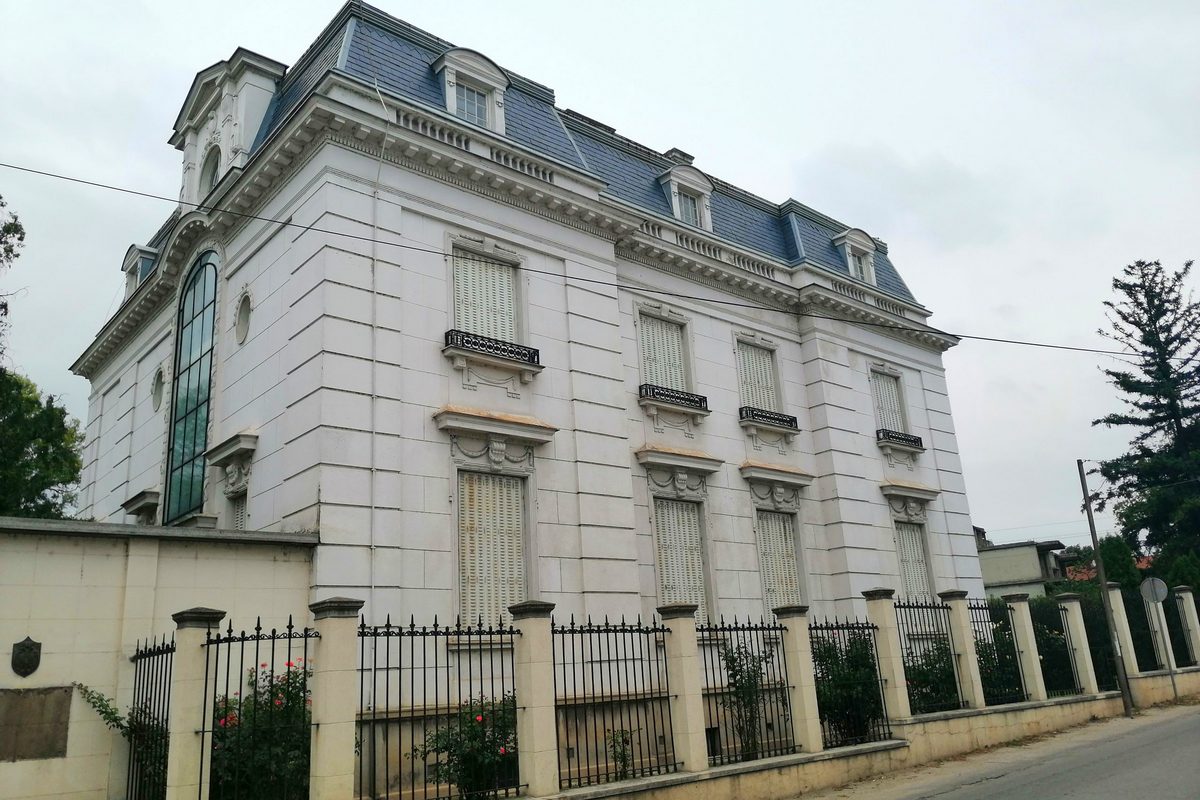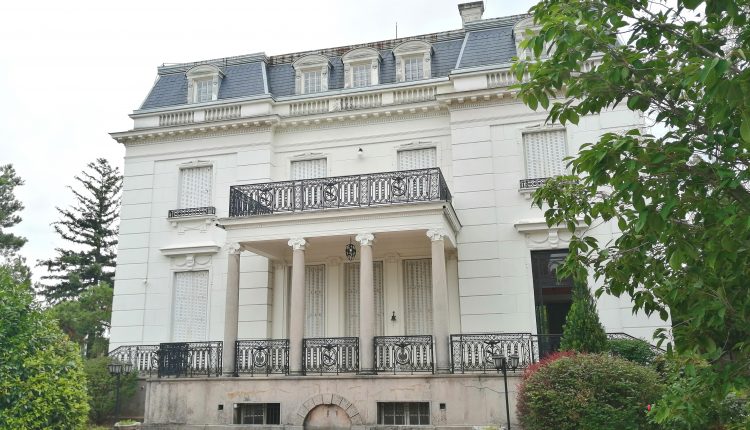Historical objects like this one – the luxurious pre-war villa of Teokarevic, the Serbian “kings of textiles” – are rarely for sale. It is a real palace located in Paraćin on 988 m2 with a plot of 1,388 m2.

If it is also said that the villa was built by Aleksandar Đorđević, one of the most recognized Serbian architects, who left buildings such as the White Palace, the Aeroclub House, the Belgrade Stock Exchange (today – the Ethnographic Museum) and the Trade Youth House – it becomes clear what a rare opportunity this is.
The villa is for sale for 566,500 euros. The reason for such a relatively low price is the fact that the owner lives in France and wants to sell the building as soon as possible since she does not intend to live in Serbia.
Villa No. 1 Teokarevica, as it was officially named when it was built, is located in the immediate vicinity of the former fabric factory that belonged to this family whose goods were sold all over Europe. After the Second World War, it was nationalized like the property of other local industrialists and landowners. It is built in the French style and consists of four equal floors: basement, ground floor, first floor and attic. Each has a gross area of 247m2. The villa, except for the basement, was renovated 20 years ago. All floors of the villa, from the basement to the attic, have a separate part that was used by the servants, from rooms for their accommodation and work, to separate stairs. The ground floor mainly consists of reception rooms: a larger and smaller living room with fireplaces, as well as a study. On the upper floors there are: living room, kitchen, dining room, bathrooms and several bedrooms. The ceiling height on the ground floor is 4m, while on the other floors it is 3m. At that time, the palace had an elevator, which is now out of service, as well as a swimming pool in the courtyard. The roof is covered with stone elements from abroad. The yard is paved with “behaton” slabs, it is landscaped, landscaped, regularly maintained and even has a swimming pool.
In the yard there is a garage for two vehicles, while on the side there is an additional parking space. Part of the furniture is sold together with the villa, while the one that has a higher value, in every sense, is subject to agreement. The property is registered 1/1, without encumbrances and notes and can be moved into in a shorter period of time, upon payment. The heating is on gas, once it was also on solid fuel. The villa, on the courtyard side, on the ground floor and on the first floor, each has a terrace. It is possible to use the villa in several ways: for living or for carrying out a number of activities. Or as a representative residential building, because representative it certainly is. Some investment in the villa is required. The degree of investment depends on the purpose of use. It is about 1.5 hours’ drive from Belgrade, while it takes about 1 hour from Nis, Kragujevac and Bor.
A few words about the architect Đorđević: The Stock Exchange building, today the Ethnographic Museum on Studentski trg, was built in the period 1932-1934, in the spirit of modernism with an academic setting, under the visible influence of art deco. He was also awarded with the purchase of projects for the Home of the Aeroclub and the Home of Trade Youth.
Architect Aleksandar Đorđević also participated in the 1934 Court Administration competition for the New Palace, after which King Aleksandar Karađorđević entrusted him with the construction of a residence for his sons Peter (the future King Peter II), Tomislav and Andreja. After the assassination of King Alexander in Marseilles in the same year, the project of the building that had been started was reworked, in order to make it the White Palace. The minor King Petar the Second became the new master of the Royal Palace, and the completion of the started building was taken care of by his cousin, Prince-Viceroy Pavle, who moved in with his family after the construction was completed, in anticipation of the king’s coming of age. The White Palace was built in the neoclassical style, in the period from 1934 to 1937. It is located within the complex with the Royal Palace in Dedinje. In 1936, Prince Pavle entrusted him with the restoration of the castle Brdo near Kranje in Slovenia.
Details about the sale can be found here.
